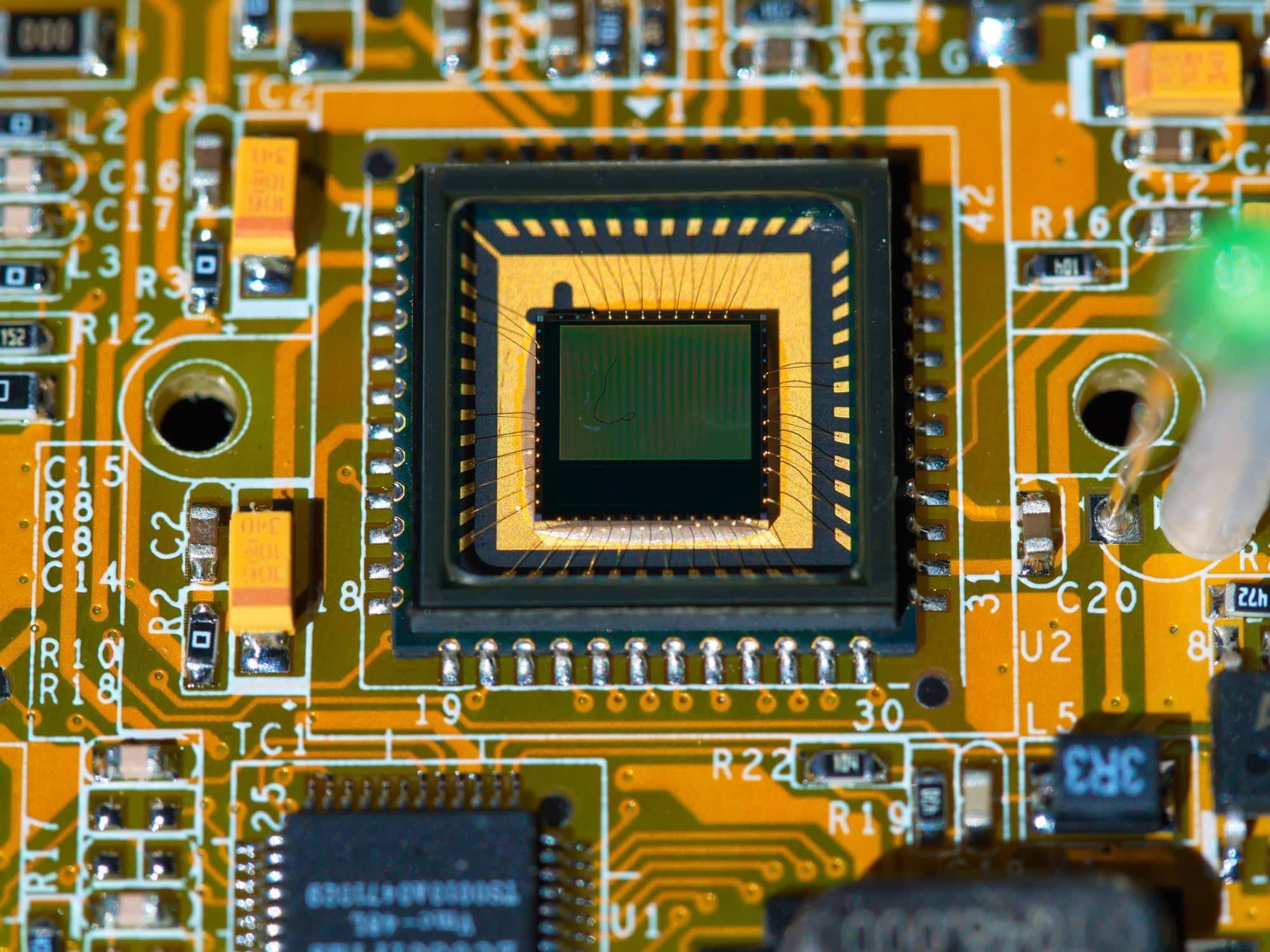How Can Wearable Sweat Sensors Provide Real-Time Health Monitoring and Disease Detection?

In our ever-evolving technological world, one of the most fascinating advancements has been in the realm of wearable health devices. These nifty gadgets, once considered the stuff of science fiction, have now become everyday tools in managing our health and wellness. One specific type of wearable that’s making waves is the sweat sensor. The utilization of sweat analysis for health monitoring and disease detection is proving to be a game-changer in healthcare. But how does it work? How can a small device analyze sweat and provide real-time insights into our health status? Let’s delve into it.
The Science Behind Sweat Sensors
Human sweat is more than just a natural cooling mechanism. It is a biochemical mixture containing a range of substances that reflect the body’s physiological status. Just as blood tests provide a snapshot of our health, sweat has the potential to do the same. However, continuous, non-invasive monitoring of sweat has only recently become a reality due to advancements in wearable sensing devices.
Dans le meme genre : How Is 3D Bioprinting Being Used to Create Tissue Models for Drug Testing?
Wearable sweat sensors are designed to detect and quantify specific biochemical markers in sweat. They can range from simple single-marker sensors to complex multi-marker sensors. At the heart of these sensors is a sensing electrode, which interacts directly with the sweat. The electrode is typically made from materials such as gold, silver, platinum, or carbon, which have good electrical conductivity and chemical stability.
The sensing electrode is coated with a specific recognition element (for example, an antibody or enzyme) that binds to the target molecule in sweat. When the target molecule is present in the sweat, it binds to the recognition element, causing a change in the electrical properties of the electrode. This change can then be measured and correlated with the concentration of the target molecule.
A voir aussi : Can Blockchain Be Utilized for Enhanced Cybersecurity in UK’s Critical Infrastructure?
Monitoring Glucose Levels Through Sweat
One of the key applications of sweat sensors is in glucose monitoring. Diabetes is a chronic disease that affects millions of people worldwide, requiring them to monitor their blood glucose levels regularly. Traditional glucose monitoring involves pricking the skin to draw blood, which can be painful and inconvenient.
Wearable sweat sensors offer a non-invasive alternative. They work by detecting glucose in sweat, which correlates with blood glucose levels. The sensor uses a glucose-specific enzyme, glucose oxidase, which reacts with the glucose in sweat to produce an electrical signal. The strength of this signal is proportional to the concentration of glucose in the sweat, allowing the device to provide real-time glucose monitoring.
Sweat Sensors and Disease Detection
Sweat sensors can also be used for the detection of diseases. Certain conditions can change the composition of sweat, and these changes can be picked up by the sensors.
For example, cystic fibrosis, a genetic disorder that affects the lungs and digestive system, can cause elevated levels of chloride in sweat. A sweat sensor can detect this abnormal chloride concentration, potentially allowing for early detection of the condition.
Similarly, certain types of cancer can also alter the biochemical composition of sweat. For example, some studies suggest that lung cancer can cause an increase in the levels of a particular amino acid, tyrosine, in sweat. A sweat sensor designed to detect tyrosine could therefore potentially serve as a non-invasive screening tool for lung cancer.
Continuous Health Monitoring with Sweat Sensors
One of the major benefits of sweat sensors is their ability to provide continuous, real-time monitoring. Traditional diagnostic tests, such as blood tests or urine tests, give a snapshot of the body’s status at a specific point in time. In contrast, sweat sensors can continuously monitor changes in the body’s biochemistry, providing a more comprehensive picture of health status.
For people with chronic conditions like diabetes, continuous glucose monitoring can help them better manage their disease and avoid potentially dangerous episodes of high or low blood sugar. For athletes, continuous sweat monitoring can provide insights into hydration status and electrolyte balance, helping them optimize their performance.
The Future of Sweat Sensors
The field of sweat sensing is still young, and there is much more to explore and discover. As the technology advances, we can expect to see sweat sensors that can detect a wider range of biomarkers, providing even more detailed insights into our health status.
Moreover, as the cost of these devices decreases, they will become more accessible to the general public. This will not only benefit individuals who want to take a more proactive approach to managing their health, but it could also have significant implications for healthcare systems by enabling early detection and management of diseases.
The potential of sweat sensors is immense. Through advancements in sensor technology and materials science, wearable sweat sensors are set to revolutionize the way we monitor our health and detect diseases in real-time.
Microfluidic Device in Sweat Sensors
The applications of microfluidic devices in the field of sweat analysis have proven to be quite revolutionary. A microfluidic device is a miniaturized system that manipulates small amounts of fluids in channels with dimensions of tens to hundreds of micrometers. They are emerging as powerful tools for biochemical analysis due to their small size, low cost, versatility and capability of integrating various functions into one chip.
In the context of wearable sweat sensors, microfluidic devices can provide a controlled environment for sweat sampling and analysis. They can collect sweat from the skin, transport it to the sensing area, and facilitate the interaction between sweat and the sensing electrode. This is advantageous as it allows for continuous, real-time sampling and analysis, without the need for manual intervention.
Moreover, microfluidic devices can enhance the sensitivity and selectivity of sweat sensors. They can incorporate various techniques to concentrate the target molecules in sweat, increasing the probability of detection. They can also incorporate separation techniques to isolate the target molecules from other substances in sweat, reducing the chances of interference and improving the accuracy of the measurement.
For instance, a sweat sensor equipped with a microfluidic device could potentially monitor uric acid levels in real-time, which could be beneficial for patients with gout or kidney stones. Uric acid is a waste product that is normally excreted in urine, but high levels in the body can lead to the formation of crystals that cause pain and inflammation in joints and other tissues. By monitoring uric acid levels in sweat, patients could potentially manage their condition better and prevent painful flare-ups.
Conclusion: Sweat Sensors and their Future Impact
As the world continues to embrace technology, the field of health monitoring and disease detection is no exception. The advent of wearable sweat sensors has allowed for non-invasive, continuous, and accurate monitoring of various health indicators.
From monitoring glucose levels and detecting diseases like cystic fibrosis and certain types of cancer, sweat sensors are already making a significant impact. With the incorporation of microfluidic devices, these sensors could become even more sensitive and selective, widening their range of potential applications.
However, the potential of sweat sensors extends beyond individual health monitoring. The widespread use of these devices could have an immense impact on our healthcare systems as a whole. With real-time, continuous health data, doctors could catch diseases earlier, predict health crises before they happen, and personalize treatments to a degree never before possible.
Moreover, the promise of sweat sensors also lies in their accessibility. As they become more affordable, they’re not only limited to patients with chronic diseases or athletes monitoring their performance. Everyone can use them, contributing to a larger societal shift towards proactive health management.
With more research and development, the possibilities of what can be tracked and detected with sweat sensors are almost endless. From the individual to society at large, the impact of sweat sensors is set to be truly transformative. As we continue to harness the power of sweat analysis, one thing is for sure – the future of health technology is not just about looking good, it’s about sweating smart.
